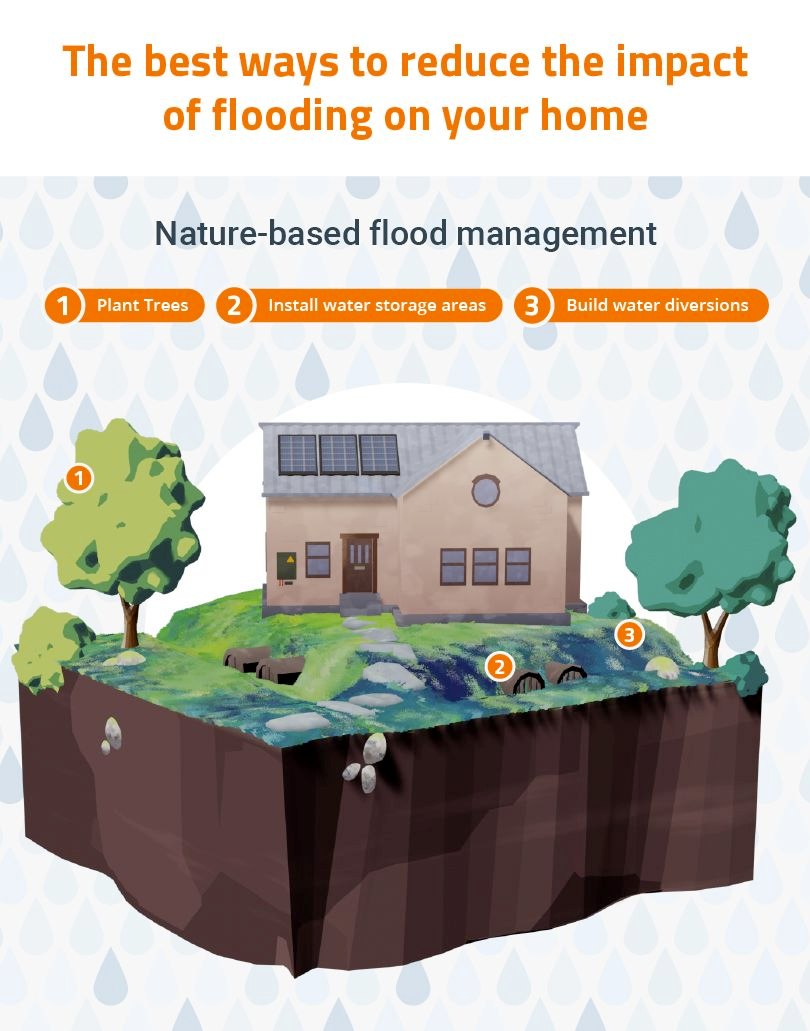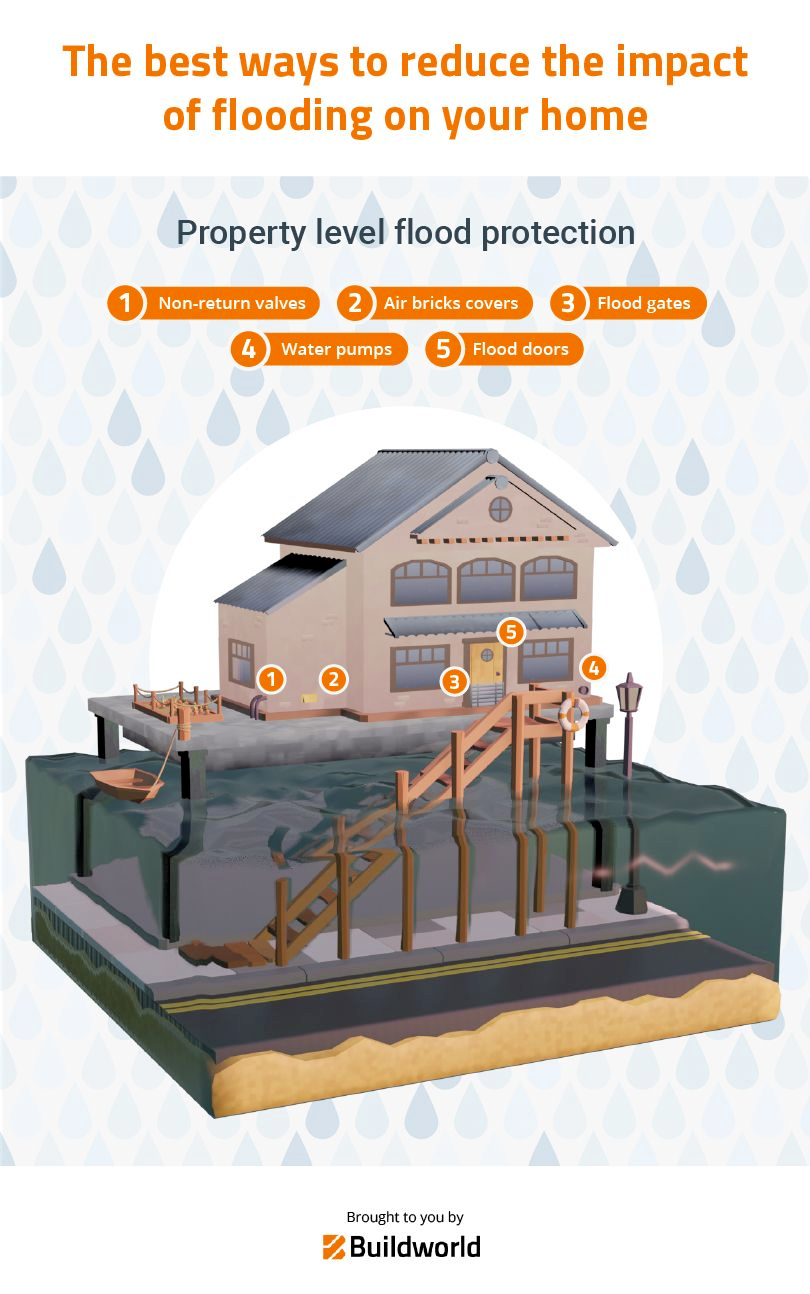Your future home could look like this thanks to climate change
Research by the team at Buildworld can today reveal what your future home could look like due to the effects of climate change.
The Buildworld team have put together visuals of what the UK’s future home could look like due to severe flooding and resin destruction. Alongside this they have revealed the top UK locations at risk of flooding and how we can reduce the impact.
You can view the full research here.
What your future home could look like due to the effects of climate change:
Further findings from the research have revealed:
- Boston is the area most at-risk of flooding in the UK, followed by Doncaster and York as the second and third most at-risk areas.
- York is the area most at-risk of rain destruction in the UK, followed by Leeds and Harrogate as the second and third most at-risk areas.
The experts at Buildworld have also highlighted 8 ways to reduce the impact of flooding on your home:
- Plant Trees: Planting trees, hedges and plants reduces CO2 in the atmosphere and the effects of climate change. In recent years, climate change has led to melting ice caps which raise sea levels. On a more local scale, planting trees increases the water absorption in your area through tree roots, helping slow the rate of water flow into rivers.
- Install water storage areas: Below-ground reservoirs are the perfect way to reduce the flooding risk around your property. Water tanks or reservoirs can be built or purchased and used to release floodwater.
- Build water diversions: Alternatively to storing water, employing methods to drain water away from your property can save your home in the case of a flood. A french drain or catch basin can divert surface water away from your property, keeping your foundations dry.
- Non-return valves: NRVs can be fitted in the drains in your home, and prevent flood water and sewage water from backing up into your property. They ensure water only flows in one direction down the pipe, no matter the water pressure.
- Air bricks covers: Covering your air bricks is one of the easiest ways to prevent flood damage. You can get covers for your air bricks to use during a flood, however, these must be removed at other times to prevent dampness. Automatically closing air bricks are one solution, which is designed to cut off flow when they detect water.
- Flood gates: Barriers and gates can be installed around your home, to doors, windows and other openings which would otherwise let in floodwater. The flood gates provide a water-tight barrier so no water can enter the house.
- Water pumps: When facing flash flooding, it is essential to respond quickly, so having a water pump is vital. Pumps can stop water pooling and pump away water quickly. They are extremely useful to prevent rising groundwater from entering through the floor
- Flood doors: An alternative to flood gates is flood doors. These are automatic, self-closing doors that require no human to activate them. The flood barrier rises when water reaches a certain level and locks to create a seal.
Kindly shared by Buildworld
Main photo courtesy of Pixabay




















